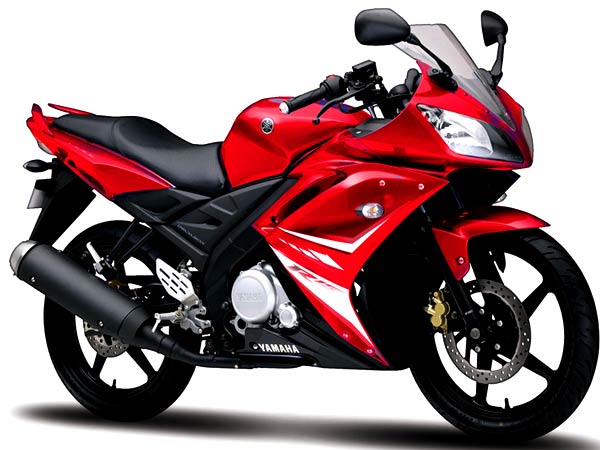Introduction to the tribes of Assam:
Assam has
many tribes from the very fast day of civilization. The tribes are mainly of
“Mongulia” species. The characteristic of this Mongulia species are:”They are
of white or yellow color, black haired, have small beard and have little hair
in the body. These characteristics are seen mostly in all tribes of Assam. The
people of the tribes are of medium height.
The main
tribes of Assam are: Rabha, Tiwa, Karbi, Bodo, kachari, Sonowal Kachari,
Diamasa, Deori, Mech, Mising and Kuki etc. In the census of 1971,the tribes has
a percent of 11 in the total population of Assam.
Origin of
the tribes of Assam:
The language
of these tribes is mainly from the family of Tibbeto Burma. The Great scholars
of decade describe that:
“In the
ancient time people from the North west sides of ‘Hu-Anhu’ and ‘Iyangsikiang’
of China was the resident place of the ‘Tibbeto religion’. They migrated to the
south in very old age and reached Burma (Myanmar). From there a group of people
entered Assam and settled in various parts of
Assam.
Assam.
Location of the tribes:
Among all
the tribes in Assam “Rabha” and Mech are from the lower part of Assam. The
Karbis specially live in Karbi Aanglong but they are also found in the middle
of Assam. The Tiwas are mainly found in middle Assam. N.C hills are the living
land of Dimasa. Deori, Mising and Sonowal kachari are the resident of upper
Assam. The Kukis live in the southern part of Assam. The influence of Bodo and
Kachari can be seen in the lower and northern part of India. Dimasa and the
Kukis are called as the “Tribes of hills”. There are many tribes such as
Indo-Arya, Iran-semia, Alpine etc (From the Kokecia) have migrated to Assam
till now.
Occupation of the tribes:
The tribes
are mainly dependent on harvesting. The people living in the hill area
dependent on “Jhoom Cultivation” and the tribes from the plane cultivate
“Xaali” paddy. Their main food is tribe.
The female
of the tribes are very expert weaver (“Taanti”). The beautiful and mesmerizing
clothes made by them have able to capture the eye of every people. Melodious
song, Beautiful Dance and the various instruments are the priceless treasures
of their tribes.
Language and Religion of the tribes:
All these
tribes of Assam have their own custom and rituals. It signifies the
characteristic of every tribe and makes them different from others. Though some
of them have not followed the custom and rituals of Hindu community but the
impact of the Hindu community can be noticed clearly among them. Some of them
also have taken the Christian religion.
About some
of the tribes of Assam are listed below:
Bodo:
Total population: 2 lacs
Religion: Hinduism, Bathuism
Minority Christian and others.
Language: Bodo language. The script they follow is “Devnagari”
Festival: Divided in three main categories:
Seasonal (Baishagu
,Domashi ,Katrigocha)
Religious (Sibrai
Langamara Puja, Apeshwari puja, the
haul Kheta)
Ritualistic and
ceremonial (Birth ceremony. Death ceremony, Marriage ceremony)
Mising:
Total population: 9 lacs 20000
Language: Mising Language
(don’t have scripts but follow Assamese language when write)
Festival: Ali Aai Lingang
Rabha:
Religion: Hinduism and Christianity
Festival:Baaikhu or Khosi Puja, Hudson puja, Kesai khati etc
Deori:
Language: Deori language
Festival: Bohagiyo Bisu and Maghaya
Utsabha
The four original sub tribes
of Deories are:
1)
Dibongia
2)
Tegaponiya
3)
Borton
4)
Patargayan
Kaarbi tribe:
Language: Kaarbi language (Do
not have their own
Script,
generally use Assamese and English
Language
to write
Religion: Animistic (Believe in two types of God and
Goddess)
And Christian.
Festival: Rongker and
Hachakekan are the majors.
From the
distribution or habitation Karbis are divided into three groups:
1) Shinthong
2) Ranghang
3) Amri
Tiwa or Lalung tribe:
Total population: In Plane, 171000(Approx.)
In
hill areas, 10,000(Approx.)
Main festivals: 1) Bisus
2) Barat Utsabha
3)Sagra misuana
4) Wansua
5) Junbil Mela
The Tai-Phake or Phakial Tribe:
Total population: 5000 approx
Language: Assamese and Phake language
Religion: Theravada
Buddhism
Main Festival: 1) Poi Chang Ken
2)
Poi-Num-Hok
3)
Poi-Nen-Chi
Khamti Tribe:
Total population:
only about 5000
Religion: Buddhist
Main festival: 1)
Poi chang Ken
2) Poi Nen Hok
3) Parboti
4) Maico Chemfai
Sonowal Kachari:
Religion:
Animistic, followers of Mahapursha
Sankardeva
Language: Assamese
Main festival:
Three Bihus-Bohag Bihu, Kaati Bihu,
Magh Bihu.
Dimasa Kachari:
Religion: Hindusim
Language: Garo Dima
and Assamese
Main festival:
1)Busu
2) Rajni and Harni Gabra
Kuki Tribe:
Language: Kuki
Main festival:
1) Aai San
2)
Sen bonshan
3)
Selja Ngoh
4)
Sel Mei Lah
Rengma Naga Tribe:
Main
festival:
1)
Nyada
2)
Pi
pe
3)
Lotsung
Nga
4)
Khong
Kepang Kennyu
Mech tribe is small schedule tribe of Assam and
Mainly found in goalpara,Dibrugarh and Karbi
Mainly found in goalpara,Dibrugarh and Karbi
Aanglong
Religion: Christian
and Hindu
















